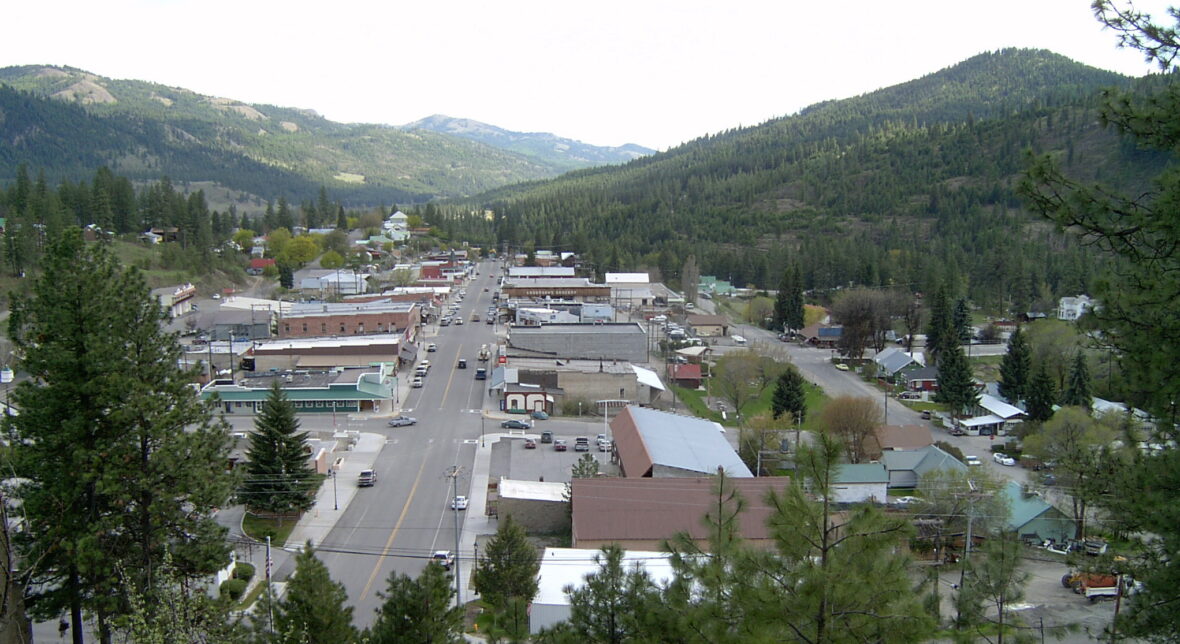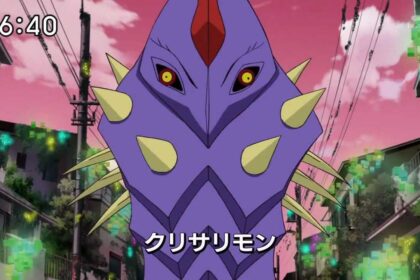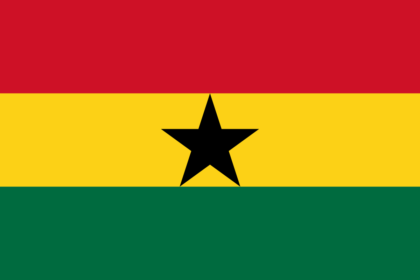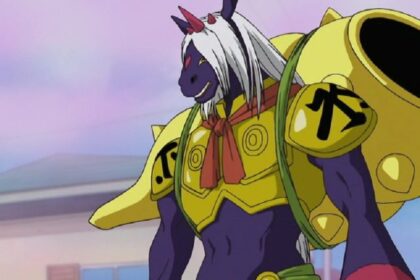Republic is a city in Ferry County, Washington, United States. The population was 1,073 at the 2010 census, a 12.5% increase over the 2000 Census. Take a look below for 20 fun and fascinating facts about Republic, Washington, United States.
1. It is the county seat of Ferry County.
2. It was the largest mining camp in the Republic Mining District, and home to the “Hot Air Line” railway.
3. Republic was founded by gold prospectors in the late 19th century.
4. Mining claims were first made along Eureka Creek on March 1, 1896, after the northern half of the Colville Indian Reservation was vacated on February 21.
5. On March 5, 1896, the Republic claim was staked by Thomas Ryan and Philip Creasor along Granite Creek, another branch of the Sanpoil River.
6. The resulting Republic Mine eventually became the highest producer of gold in the county.
7. On April 18, 1896, the Republic Mining District, originally called the Eureka Mining District, was established.
8. The first ore mill for processing low grade ore in the district was constructed in May, 1898, while highest grade ores were hauled 80 mi (130 km) east to Marcus, Washington partway by cart and then via the Spokane Falls & Northern branch line for the remaining distance.
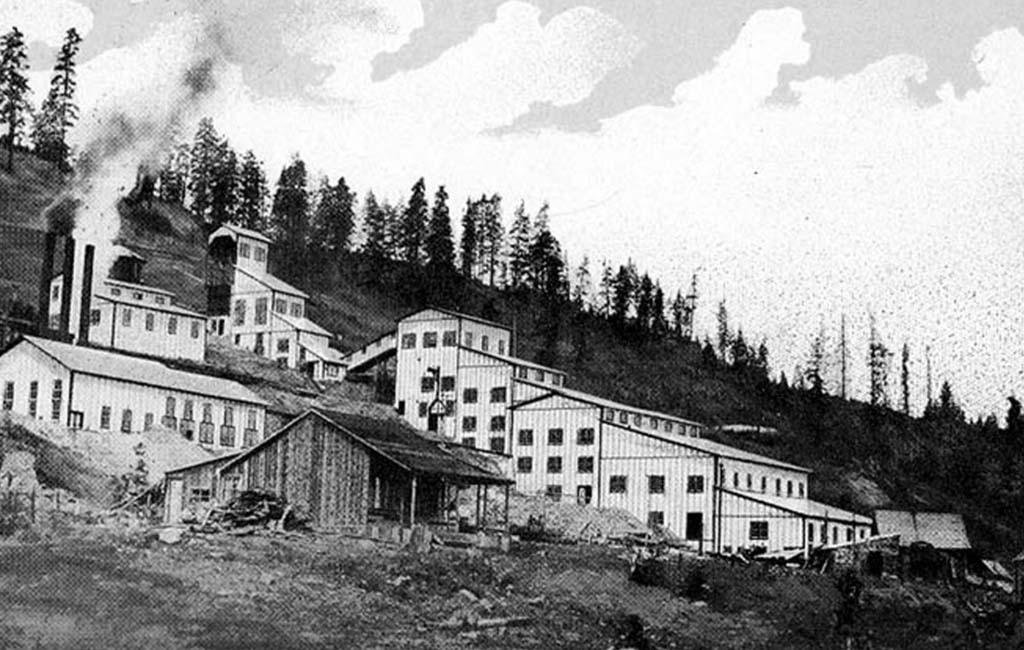
9. Between 1899 and 1900 stamp mills were constructed at the Mountain Lion mine in the northwest part of camp and the Republic Mine in the south resulting in a brief period where all of the district’s ore was milled in the camp.
10. The Mountain Lion Gold Mining company 100-ton mill used a combination of mercury plate amalgamation followed by MacArthur-Forrest cyanide leaching. However, due to much lower gold and silver recovery rates, combined with the soon to arrive rail lines, the mill was soon shut down.
11. The 200-ton Republic mill processed the ore by first roasting of the finely crushed ore, and then cyanide leaching, with the first loads of ore being processed in October 1900. In July 1901 the Republic mine and mill both shut down due to milling cost, and a lack of enough profitable ore being recovered.
12. Ores in the Republic District were noted to have increasing percentages of silver concentration in the lower portions of the ore bodies, and the Republic mill did not provide more than a 50% return on assayed ore value, dooming the mill.
13. The Republic mine remained inactive until 1902 when the arrival of railroads in the town made mining profitable again. From 1902 to 1909 ore was freighted north to British Columbia and then west to smelters on the coast for processing, with periods where shipments up to 1,000 st (6,400 kg) of ore a week were regular.
14. The Republic mining District encompassing Republic and the surrounding areas, had no defined borders as of 1909 when the young geologist Joseph B. Umpleby visited, but included six townships with a center “a little west of the south end of Curlew Lake”.
15. At the time of the visit Republic was the most important mining camp in the county and the largest with a population of around 1,500.
16. In July 1897, Philip Creasor built a two-story hotel at the townsite, originally called Eureka. This town site was platted on April 29, 1898, and the post office name changed to Republic, since there was already a post office named Eureka in the state of Washington.
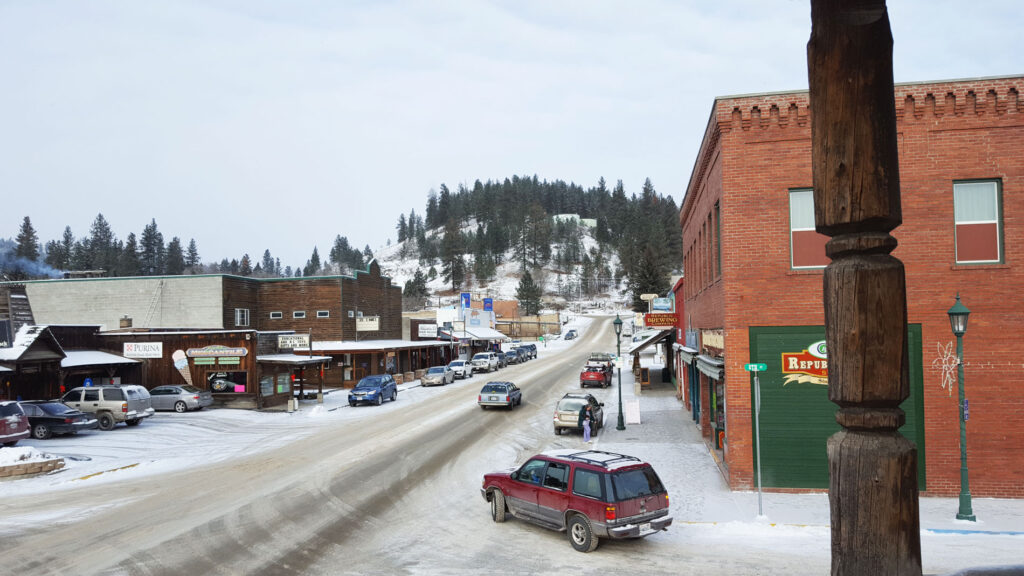
17. On May 8, 1900, a special election was held which approved incorporation of Republic, and J.J. Sullivan was elected mayor.
18. The town was then officially incorporated on May 22, 1900, and had a population of about 1800.
19. Two separate rail lines granted access to the area, Great Northern Railways Spokane Falls & Northern branch line and the locally owned Republic and Kettle Valley Railway, commonly called the “Hot air line” from Grand Forks, British Columbia.
20. The Spokane and British Columbia Railway, originally the Republic and Kettle Valley Railway, was a short lived standard-gauge private rail company based out of Republic operating between Republic, Grand Forks and Lynch Creek British Columbia. The line was locally known as the “Hot Air line”

